Warning: The following post includes gruesome photos of dead animals, which may cause discomfort to some readers.
Long tail macaques. Monitor Lizards. The rare pangolin. The common changeable lizard. Various species of snakes.

Long tail macaques are a common sight at the Bukit Timah Nature Reserve, of which the railway tracks pass near to the entrance of.
These are but a few animals that can be found along the section of the KTM railway tracks that run from the Bukit Timah Railway Station up till the road next to the soon-to-be-converted-into-a-condomium Ten Mile Junction.
Unfortunately, some of these animals may have fallen victim to “road-kill”, or rather “track-kill” by passing trains.
GRUESOME PHOTOS TO FOLLOW:
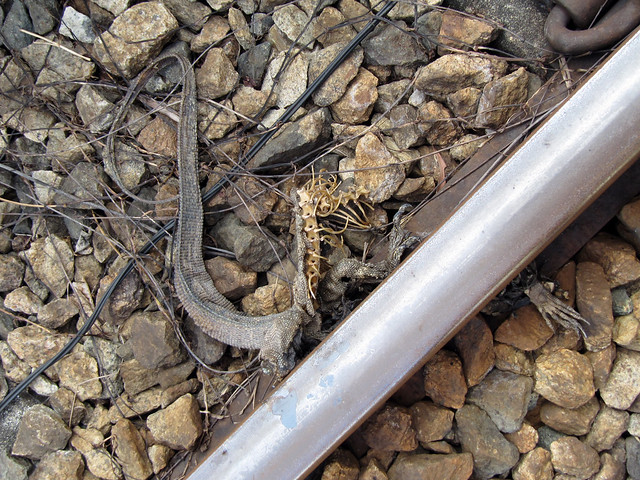
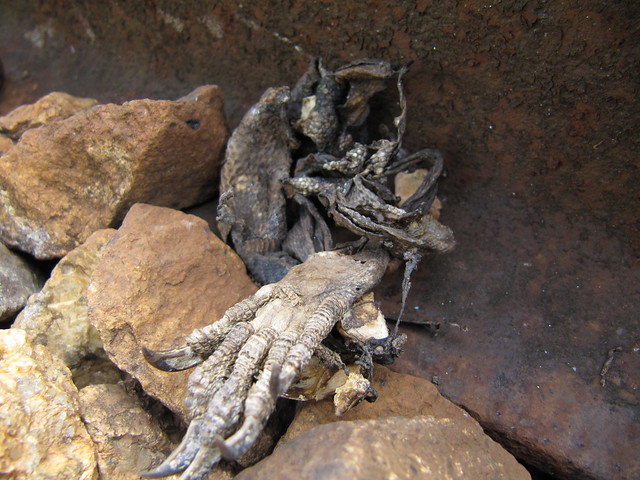


A severed clouded monitor lizard
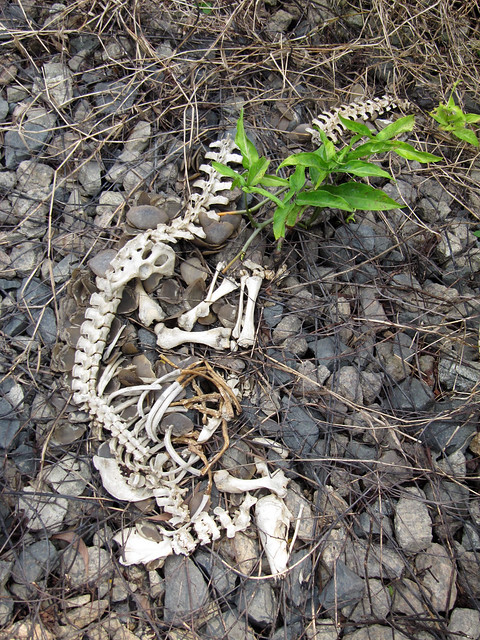
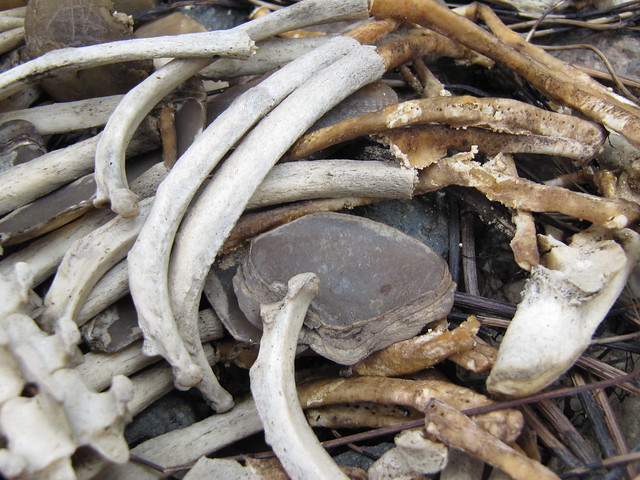
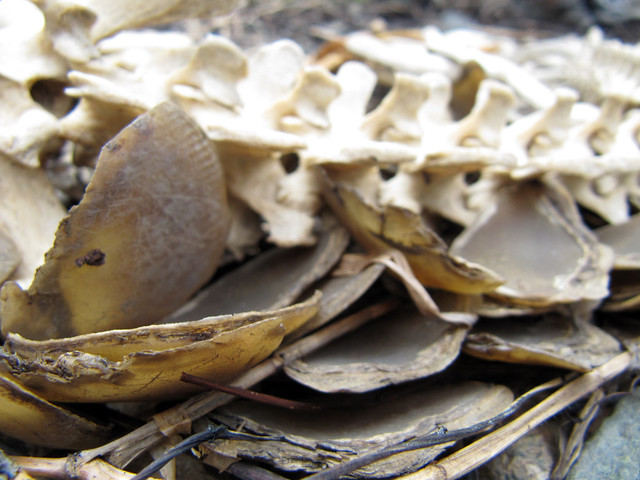
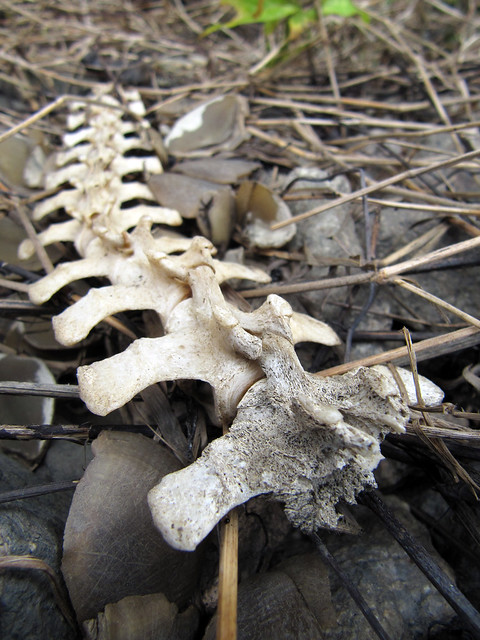
The pangolin has been marked as a critically-endangered animal in Singapore and around Asia. This animal, also know as the scaly anteater, has been, for many years, hunted down for the perceived medicinal value of its meat and scales by many Asian cultures. Read more about the pangolins here.
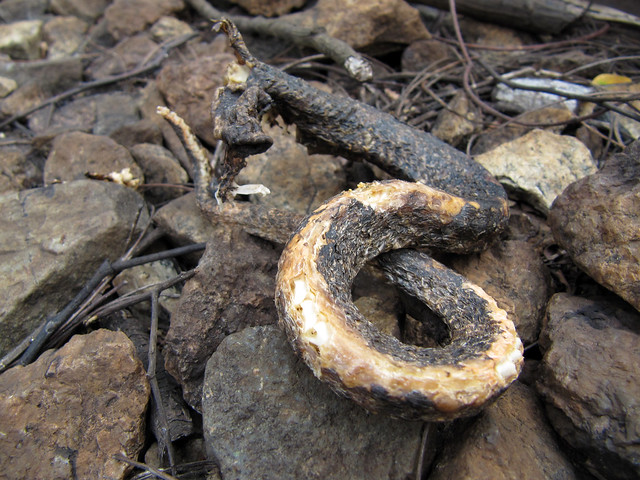
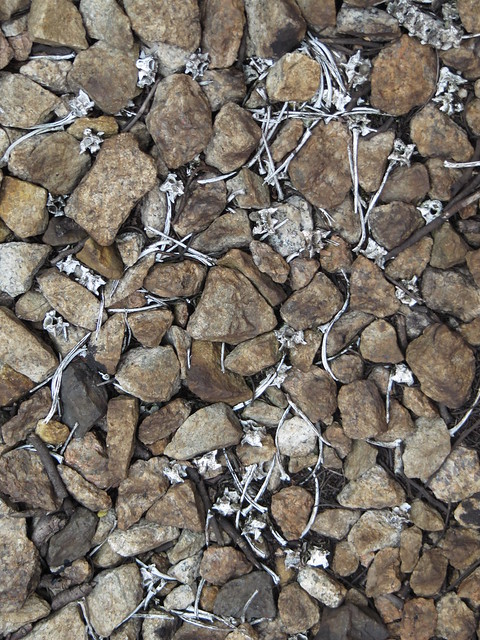
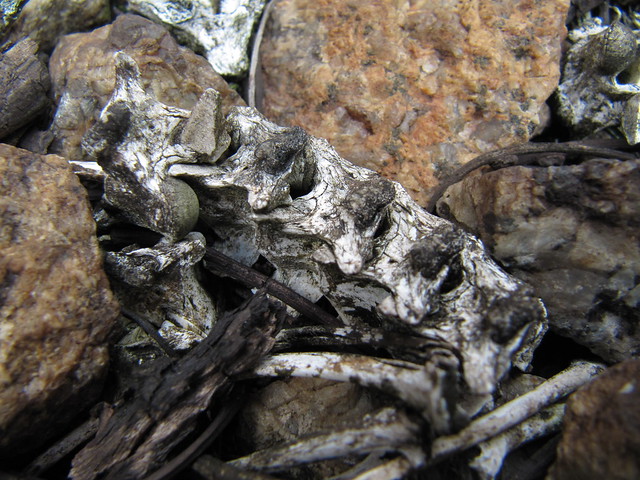
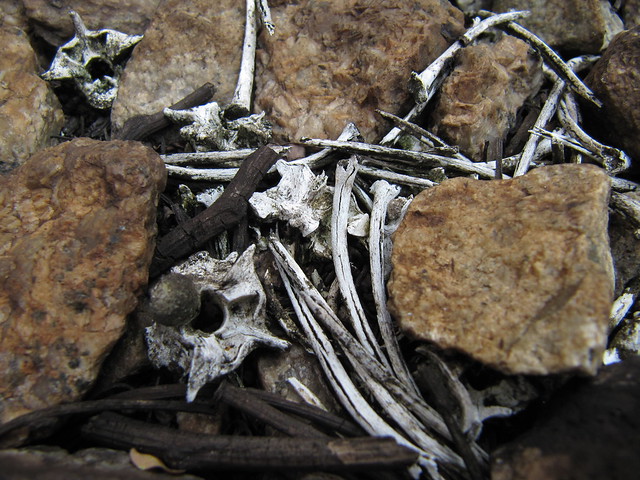
A snake’s tail. And what could possibly be remnants of a snake’s carcass.
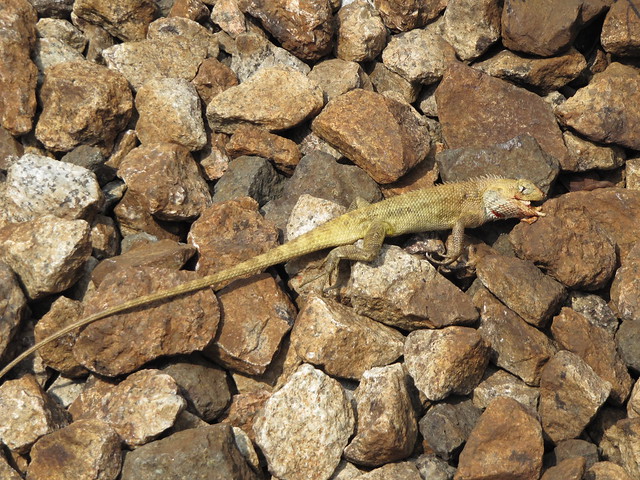
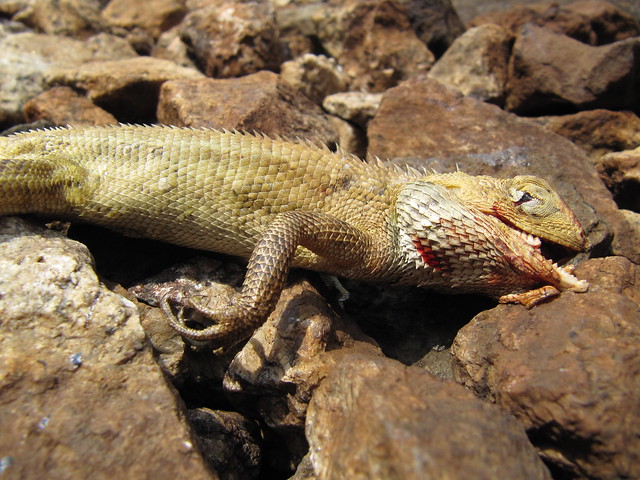
The carcass of a recently dead changeable lizard.
In October 2010, the Nature Society (Singapore) submitted a proposal – The Green Corridor: A Proposal to Keep the Railway Lands as a Continuous Green Corridor – in a bid to create some natural recreational spaces while retaining some of Singapore’s heritage.
Another aim of this proposal is to promote an increase in the biodiversity of the animals and plants, something that is under threat due to the ever-diminishing amount of natural spaces left in Singapore.
This section of the railway is part of the proposed Green Corridor and the last train is slated to pass by this area on 1 July 2011 with the closure of the current Tanjong Pagar Railway Station. Without the dangers of passing trains, and with the development of a seamless long natural Green Corridor, animals may now have a safer haven to exist and multiply.
However, till date, the status of the Green Corridor is still an unknown one. Already, parts of the Jurong Line, part of this Green Corridor project have been earmarked for development of a road. Time will only tell whether the rest of the sections of the railway tracks and the land surrounding it will be converted into more modern developments or whether the Green Corridor project will come true.
The above photos of the animals are proof that the Green Corridor is a cause we should all be fighting for. While these pictured are the few that have been possibly killed by the passing trains, this only goes to show that there may be many other animals lurking in what little pockets of nature we have left in Singapore.
Destroying these pockets of nature will destroy these animals too, much more than any number of passing trains would.
Render your support towards the establishment of The Green Corridor by joining the “We support The Green Corridor in Singapore” Facebook page.
Sources: The Green Corridor (Strait’s Times)
Read more about this section of the Railway Tracks on Geng Hui’s blog.
Also, a special thanks to Ivan for his “science” lesson, done CSI style.
—–
This post is a continuation of the original four part series on the Jurong Line.
You may view the original four posts here:
– Jurong Line: A photo guide
– Jurong Line: Is this Goodbye?
– Jurong Line: Kampung Life Along The Tracks
– Jurong Line: Digging Up A Bit of My Childhood
A fifth post on the Wildlife in the Forest along the Jurong Line can also be found here:
– Jurong Line: Wildlife and Old Times in the Forest











2 comments
JH says:
Apr 26, 2011
Nice photographs, well taken! Gruesome photos yet, it shows the natural systems and process of Mother Nature.
Let’s hope our sharing, documentation and photographs would help the message and awareness to Singaporeans, in helping to keep and preserve the Green Corridor!
JH
http://www.photojournalist-tgh.tv
deafknee says:
Apr 27, 2011
Hi JH,
Thank you! Yes, I also hope that our sharing of photographs and stories will help to spread the message about the Green Corridor. There’s just so much history, nature there that people should be aware about.